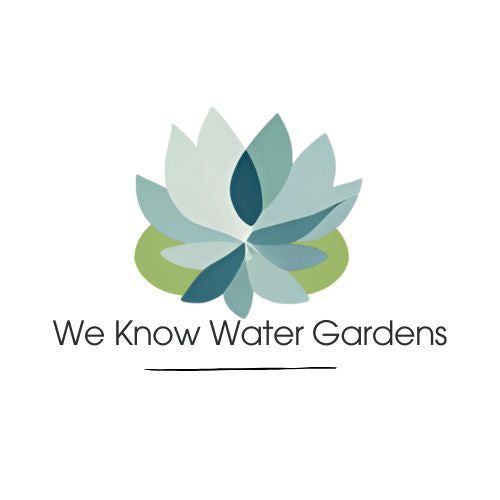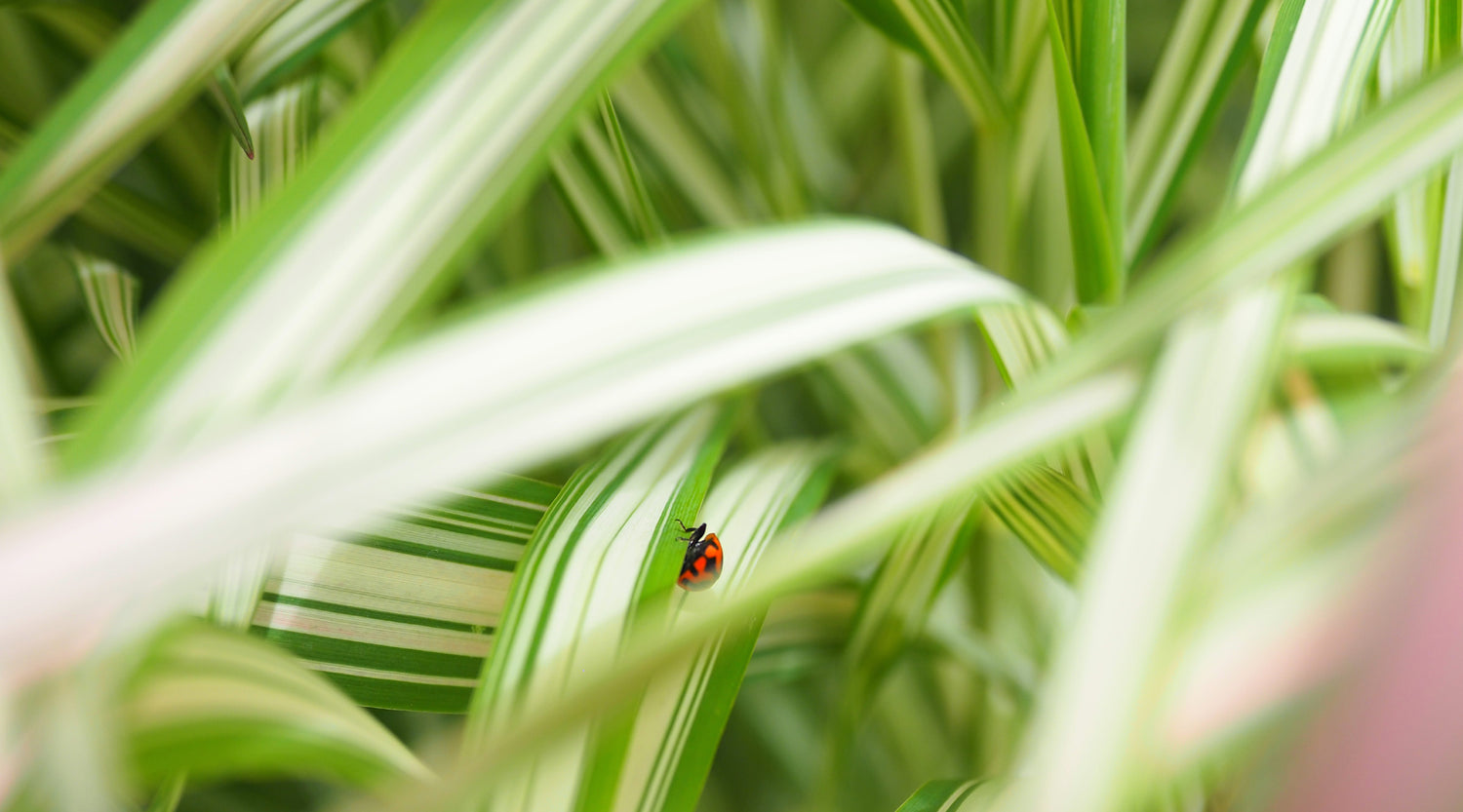Home
>
We Know Water Gardens Blog
>
From Sunlight to Drainage: Mastering the Art of Positioning Your Backyard Pond for Flourishing Pond Plants
From Sunlight to Drainage: Mastering the Art of Positioning Your Backyard Pond for Flourishing Pond Plants
on Jul 20, 2023
Are you looking to create a stunning oasis in your Aussie backyard? A backyard pond can be a breathtaking addition to any outdoor space, bringing a touch of tranquility and a burst of natural beauty. However, the key to a flourishing backyard pond lies in the art of positioning. From harnessing the power of sunlight to ensuring proper drainage, every aspect of positioning plays a crucial role in the success of your pond plants. In this guide, we will take you on a journey to master the art of positioning your backyard pond, allowing your pond plants to thrive and create a harmonious ecosystem. Whether you're a seasoned pond enthusiast or just starting your pond adventure, this guide will provide you with essential tips and insights to transform your backyard into a lush and vibrant haven. Get ready to unlock the secrets to positioning your backyard pond for flourishing pond plants and watch as your outdoor space transforms into a mesmerising sanctuary.
Importance of positioning your backyard pond
 The positioning of your backyard pond is a critical factor that can make or break the success of your pond plants. Proper positioning ensures that your plants receive the necessary sunlight, water, and nutrients they need to thrive. It also plays a role in preventing issues such as excessive algae growth and poor water quality.
The positioning of your backyard pond is a critical factor that can make or break the success of your pond plants. Proper positioning ensures that your plants receive the necessary sunlight, water, and nutrients they need to thrive. It also plays a role in preventing issues such as excessive algae growth and poor water quality.
When choosing a location for your backyard pond, consider factors such as the amount of sunlight the area receives throughout the day, the proximity to trees and other structures that may cast shade, and the accessibility for maintenance purposes. By carefully selecting the right spot for your pond, you can create an ideal environment for your plants to flourish.
Factors to consider when choosing a location for your pond
Before digging the first shovel of dirt, it's important to consider several factors that will impact the success of your backyard pond. One of the most crucial factors is the amount of sunlight the location receives. Most pond plants require at least six hours of direct sunlight each day to thrive.
Additionally, you should consider the proximity to trees and other structures that may cast shade on your pond. While some pond plants can tolerate partial shade, excessive shade can hinder their growth. It's also important to choose a location that is easily accessible for maintenance purposes, such as removing debris or performing water tests.
Sunlight requirements for pond plants
Sunlight is the lifeblood of pond plants. It provides the energy needed for photosynthesis, the process by which plants convert sunlight into glucose, their main source of energy. Different pond plants have varying sunlight requirements, so it's essential to choose plants that are suited to the amount of sunlight your pond receives.
Full-sun plants, such as water lilies and lotus, require at least six hours of direct sunlight each day. These plants thrive in areas where the sunlight is not obstructed by trees or structures. Partial-sun plants, such as water irises and papyrus, can tolerate four to six hours of direct sunlight, but also appreciate some shade during the hottest part of the day. Shade-tolerant plants, such as ferns or mosses, can survive with as little as two to four hours of sunlight.
Understanding different types of pond plants
 Pond plants can be categorised into three main types: submerged plants, floating plants, and marginal plants. Each type plays a unique role in the ecosystem of your pond and requires specific positioning to thrive.
Pond plants can be categorised into three main types: submerged plants, floating plants, and marginal plants. Each type plays a unique role in the ecosystem of your pond and requires specific positioning to thrive.
Submerged plants, also known as oxygenators, are fully submerged in water and play a vital role in oxygenating the pond. These plants release oxygen during the day and absorb carbon dioxide, helping to maintain a healthy balance in the water. Submerged plants should be positioned in the deeper areas of your pond, where they can receive sufficient sunlight and nutrients.
Floating plants, such as Creeping Jenny (Lysimachia aurea), float on the water's surface and provide shade and shelter for fish and other aquatic organisms. These plants should be placed in areas of your pond that receive ample sunlight and have enough space for them to spread and multiply.
Marginal plants, also called bog plants, grow at the water's edge or in shallow water. They add beauty to your pond with their colorful flowers and foliage, while also providing habitat and shelter for wildlife. Marginal plants should be positioned in areas where they can receive sufficient sunlight and have their roots submerged in water.
Selecting the right plants for your pond
Choosing the right plants for your pond is crucial for creating a balanced and thriving ecosystem. Consider the size of your pond, the water depth, and the amount of sunlight it receives when selecting plants.
For smaller ponds, it's best to choose plants that are more compact and have slower growth rates. This will prevent overcrowding and maintain a healthy balance in the water. Larger ponds can accommodate a wider variety of plants, including those that spread rapidly or have larger foliage. Mass plantings of pond plants provides visual impact to your pond design.
slower growth rates. This will prevent overcrowding and maintain a healthy balance in the water. Larger ponds can accommodate a wider variety of plants, including those that spread rapidly or have larger foliage. Mass plantings of pond plants provides visual impact to your pond design.
When selecting pond plants, consider the overall design and aesthetic you want to achieve. Choose a mix of submerged, floating, and marginal plants to create a visually appealing and diverse ecosystem. Additionally, research the specific care requirements of each plant to ensure they are compatible with your pond's conditions.
Proper water depth and drainage for pond plants
Water depth is an important consideration when positioning your pond plants. Different plants have different water depth requirements, and it's crucial to provide them with the optimal conditions for growth.
Submerged plants typically prefer water depths of around 30cm, allowing their foliage to float on or just below the water's surface. Floating plants require deeper water, usually around 35-40cm, to allow their roots to anchor and their leaves to float freely. Marginal plants, on the other hand, prefer shallow water depths of 15cm, with their roots submerged but their foliage above the waterline.
Our unique floating pond plant ring allows you to add your pond plants to you pond regardless of the depth! This is a great alternative for smaller ponds.
In addition to water depth, proper drainage is essential for the health of your pond plants. Excessive water accumulation can lead to root rot and other issues. Ensure that your pond has proper drainage systems in place, such as a bottom drain or a skimmer, to remove excess water and maintain the right water level.
Creating a balanced ecosystem in your pond
A balanced ecosystem is crucial for the overall health and longevity of your pond plants. It's important to establish a symbiotic relationship between plants, fish, and beneficial bacteria to create a harmonious environment.
Pond plants play a vital role in maintaining water quality by absorbing excess nutrients, such as nitrates and phosphates, which can cause algae blooms. In turn, fish provide nutrients to the plants through their waste, while beneficial bacteria break down organic matter and help to keep the water clean.
To create a balanced ecosystem, ensure that you have a mix of submerged, floating, and marginal plants to provide shade, shelter, and food sources for fish and other aquatic organisms. Regularly monitor water quality parameters, such as pH and ammonia levels, and make adjustments as necessary to maintain a healthy environment for your pond plants.
Maintenance tips for flourishing pond plants
Maintaining flourishing pond plants requires regular care and attention. Here are some essential maintenance tips to keep your plants healthy and thriving:
1. Prune and remove dead or decaying foliage regularly to prevent the accumulation of organic matter, which can contribute to poor water quality.
2. Fertilise your pond plants as needed to provide them with essential nutrients. Use a slow-release fertiliser specifically formulated for aquatic plants to avoid overfeeding and potential harm to fish and other aquatic life.
3. Monitor water quality parameters regularly and make adjustments as necessary. Test the water for pH, ammonia, nitrate, and phosphate levels, and take appropriate measures to maintain optimal conditions for your plants.
4. Control algae growth by balancing sunlight exposure, maintaining proper water circulation, and adding algae-controlling products such as API's Algaefix for best results.
water circulation, and adding algae-controlling products such as API's Algaefix for best results.
5. Keep an eye out for pests, such as aphids or snails, which can damage or eat your pond plants. Use organic pest control methods or introduce natural predators, such as beneficial insects or fish, to keep pest populations in check.
By following these maintenance tips and staying proactive in caring for your pond plants, you can ensure they thrive and contribute to the overall beauty and health of your backyard oasis.
Troubleshooting common issues with pond plants
Despite your best efforts, pond plants may encounter issues from time to time. Here are some common problems and their potential solutions:
1. Poor plant growth: Insufficient sunlight or nutrient deficiencies may be the cause. Ensure your plants are receiving adequate sunlight and provide them with the necessary nutrients by using the Pond Plantz Time Release Fertiliser tablets.
2. Excessive algae growth: Algae blooms can occur due to excess nutrients in the water. Test and adjust nutrient levels, control sunlight exposure, and consider adding algae-controlling products.
3. Root rot: Root rot can occur if the plants are sitting in stagnant or poorly drained water. Improve water circulation and ensure proper drainage to prevent root rot.
4. Pest infestations: Pests, such as aphids or snails, can damage pond plants. Use organic pest control methods or introduce natural predators to keep pest populations in check.
5. Water quality issues: Poor water quality can negatively impact pond plants. Regularly test water quality parameters and make necessary adjustments to maintain optimal conditions.
If you encounter any issues with your pond plants, it's important to address them promptly to prevent further damage and maintain a healthy ecosystem.
Positioning your backyard pond for flourishing pond plants is an art that requires careful consideration of sunlight, water depth, and drainage. By choosing the right location, selecting appropriate plants, and maintaining a balanced ecosystem, you can create a stunning oasis in your backyard. Follow the tips and insights shared in this guide to transform your outdoor space into a lush and vibrant haven, where pond plants thrive and create a mesmerising sanctuary for you to enjoy. Master the art of positioning your backyard pond, and watch as your pond plants flourish and bring beauty and tranquility to your outdoor retreat.
© weknowwatergardens 2023
Share



